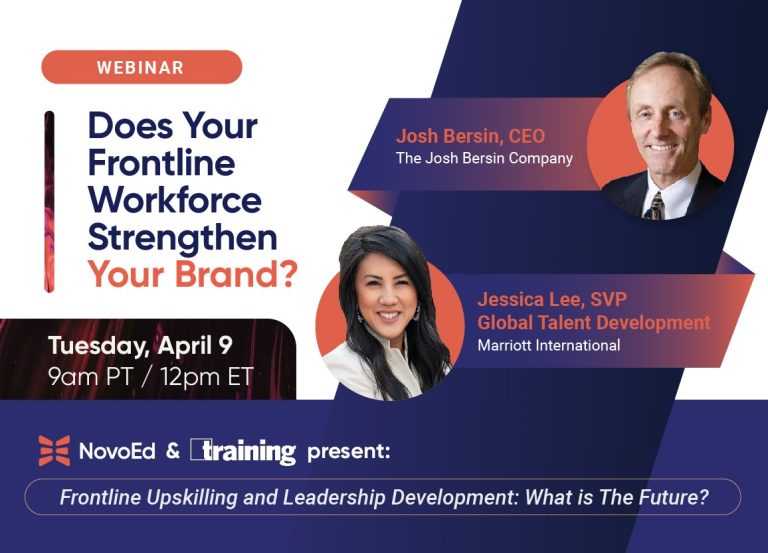Myths vs. Reality: Building Leadership Skills Online Infographic
The innovative team at the Stanford Graduate School of Business (GSB) Executive Education turned online learning on its ear when they launched their LEAD Online Business program in 2015. They were able to offer an authentic GSB experience in an online format, preserving rigor and impact in an immersive, high-touch, and interactive experience.
Five years later, many organizations still think online learning is only effective for certain types of skill development. Surprisingly, although leadership development is the #1 area of talent investment, over 50% of organizations have put leadership training on hold in 2020, rather than moving online, due to long-held misconceptions about online learning.
This infographic, adapted from our webinar with Audrey Witters, Managing Director, Online & Entrepreneurship Programs at Stanford GSB Executive Education, dispels some of this mythical thinking and reveals that the true potential of online learning, especially for leadership development, is far greater than most people realize.

Myth #1 : Online learning is only good for knowledge acquisition, not soft skills
Soft skill development–such as leadership, communication, and design thinking–requires feedback and iterative application
Effective and engaging facilitators provide thought-provoking feedback and drive impact
Reality: Modern online facilitation models enable human feedback beyond what’s possible in person, developing learners’ soft skills
Myth #2: Online learning is a solo endeavor
Catalyze real community development and foster deep social connections through collaborative learning exercises and group assignments
Diversify teams so learners can benefit from other experiences and perspectives
Reality: True social learning drives impact. Online learning programs can draw from a diverse population, amplifying the power of the community.
- Online learners in teams
- Sign on 5x as frequently
- Remain active on the learning platform 2x as long than learners without teams
Myth #3: Online learning is a pale approximation of face to face
- Immediately apply concepts in the context of real work
- Collaborate with others and get feedback
- Share in each other’s learnings and growth
Reality: Online learning integrates experiential learning with work, often resulting in better learning outcomes



